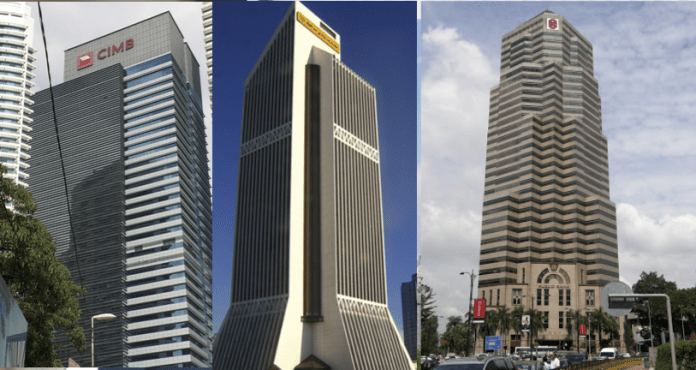The past few months saw month-on-month loan growth alternate between positive and negative growth. Following a reduction in deposit competition in later months, research house MIDF says it should see more stable, sustained funding – allowing for banks to pursue loan growth more directly
Retail loans reliable as ever. Note, however, the three core drivers of residential mortgages, hire purchase and unsecured loans did see more muted sequential month growth than previous months – possibly signalling the start of a retail spending slowdown.
Credit card loans saw their first month-on-month contraction (-0.8%mom) since Apr-22, likely due to the base effects of CNY spending in the previous month. Total purchases in Malaysia by both local and foreign cardholders saw a steep contraction, which was even more drastic than last month’s already sharp reduction. Business loans still choppy. While the segment did see positive month-on-month growth, the outcome is less certain, given that construction and working capital
segments tend to be volatile. Both showed positive month-on-month growth.
Leading indicators’ downward trajectory began to mellow out. In contrast to the sharp double-digit growth declines seen in previous months, Feb-23 saw relatively muted movement and even slight growth in 3MA applications on a sequential year basis. Core drivers for applications were vehicle, property and working capital loans, which saw sharp double-digit sequential month growth. Approval rates tick slightly lower, though it’s worth noting that SME loan approval rates fell sharply by -10%mom to 43% in Feb-23.
Deposit growth is largely driven by FDs, though CASA stages a slight comeback. This was the first time CASA saw positive sequential month growth since Oct-22. CASA ratio continues to fall, as FD growth continues to outstrip CASA, but with deposit competition alleviating in coming quarters, we could see CASA stage a stronger comeback. The liquidity coverage ratio stands at an extremely healthy 153% says MIDF.
As for GIL it ticked upwards largely driven by retail GIL – business GIL remained relatively flat. Notable upticks occurred in the construction and HoReCa segment. While asset quality should further deteriorate in coming months, we expect sizeable write-offs to prevent the GIL ratio from ballooning. LLC continues to decline. Provisioning so far has been relatively muted this quarter. Although LLC remains on the downtrend, banks have taken a mixed approach to LLC: some intend to maintain it at a higher level, whereas some have begun to reduce their LLC upon further clarity of R&R delinquency trends, as initial
fears were overblown
Interest spread continues to widen, driven by ALR. Despite fears of strong deposit competition, interest spread has done well so far 1QCY23 – the house says it can also expect it to clear further in subsequent months, following further clarity on BNM’s
OPR stance (banks often raise rates in anticipation of an OPR hike).
Fundamentals are still solid, and local banks are well equipped to deal with any form of asset quality or liquidity stress in coming quarters. We recommend buying on weakness (considering global banking fears), seeing that recent market jitters have yet to subside.
Interest-related headwinds may not be as severe as once thought. We continue to favour the sector for (i) High dividend
yields, (ii) Propensity for an upside surprise to earnings, in the form of overlay writebacks, (iii) Recovering non-interest
contributions, (iv) undervalued Ringgit, offering investment incentives to foreign institutional players.
Our top picks for the sector remain Public Bank (BUY, TP: RM5.08) and CIMB (BUY, TP: RM6.55).









